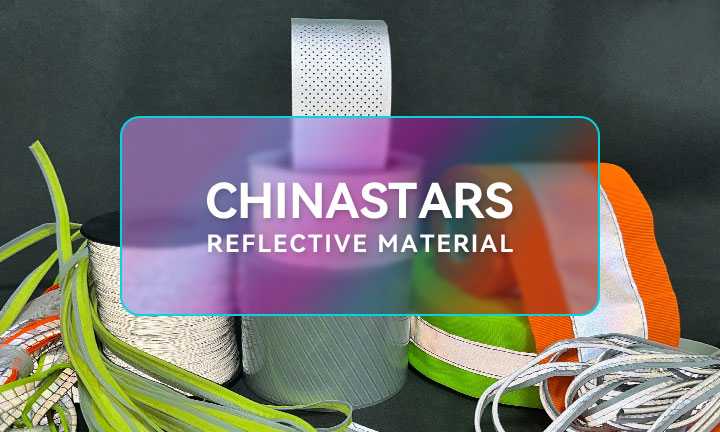Choose the right visibility clothing
Now the days are getting shorter and darker. Then it is of the utmost importance that you are traveling abroad wear the right visibility clothing.
For drivers of heavy transport, construction equipment, and cars, it can be difficult to see people moving along roads or on construction sites - especially when it is dark.
In workplaces with heavy traffic, it is important to wear clothes that look good and can reflect. This applies throughout the year and in all kinds of conditions, but it is a particularly relevant topic now in the winter season when it is darker outside.
For safety clothing (so-called Hi-Vis garments), the internationally recognized EU standard ISO 20471 applies. Clothing that meets this standard has particularly good visibility - both in light and dark. The warning garments have fluorescent fabrics and reflectors that meet the classification requirements set. The garments must also be CE marked.
High visibility work clothing is divided into three classes. The difference between the three classes depends on how much of the total surface of the clothing is fluorescent and reflective. Each garment must be marked with which class it satisfies.
In some cases, two garments can be combined to achieve a higher grade. For example, a class 2 trouser and a class 2 jacket together will provide visibility class 3. But a class 1 trouser and a class 2 jacket will not necessarily provide visibility class 3. That's because two garments in classes 1 and 2 often don't will have enough fluorescent or reflective material to satisfy Class 3. However, the manufacturers have chosen different solutions, and this may vary from a clothing brand to clothing brand.
All workplaces are different and have different needs for protective equipment and clothing. Therefore, there are unfortunately no clear rules for when to use the classes of work clothes with high visibility.
Facts: Visibility of clothing requirements (ISO 20471: 2013)
The lowest level of protection: ISO 20471 Class 1 provides the lowest visibility of the three classes. The requirement for class 1 is that the garments equipped with fluorescent material with a surface of at least 0.14 m² and reflectors with a surface of at least 0.10 m². Class 1 visibility noise is for use in environments where the lowest level of visibility is required.
Middle-level protection: ISO 20471 Class 2 provides significantly better visibility than Class 1, especially during daytime, dusk, and fog. This is a garment fitted with fluorescent material with a surface area of at least 0.50 m² and reflectors with a surface area of at least 0.13 m².
Highest level of protection: ISO 20471 class 3 gives the user very good visibility. These are visibility garments with fluorescent tissues with a surface of at least 0.80 m² and reflectors with a surface of at least 0.20 m², where the highest level of visibility is required. Protective clothing should cover the torso and at least have arms or long trouser legs. The reflex should go around the torso and arm or leg. The minimum width of the reflex must be 50 mm. Often used near dense and fast traffic.




